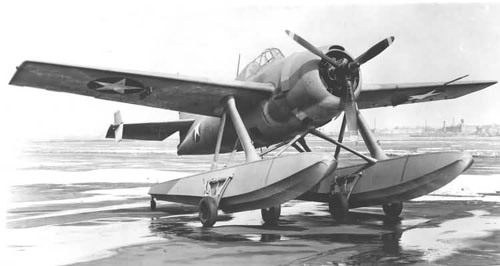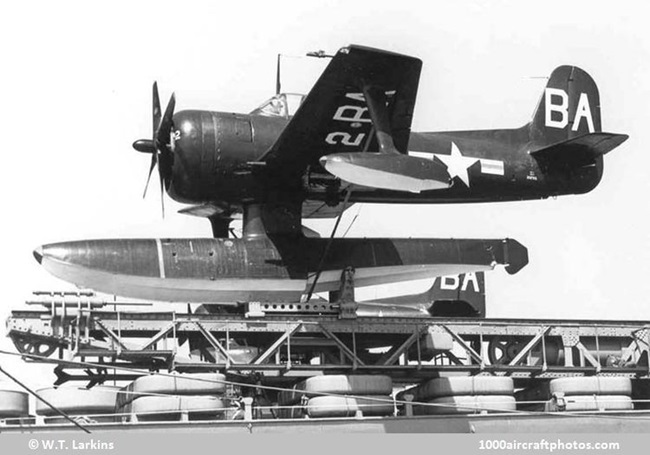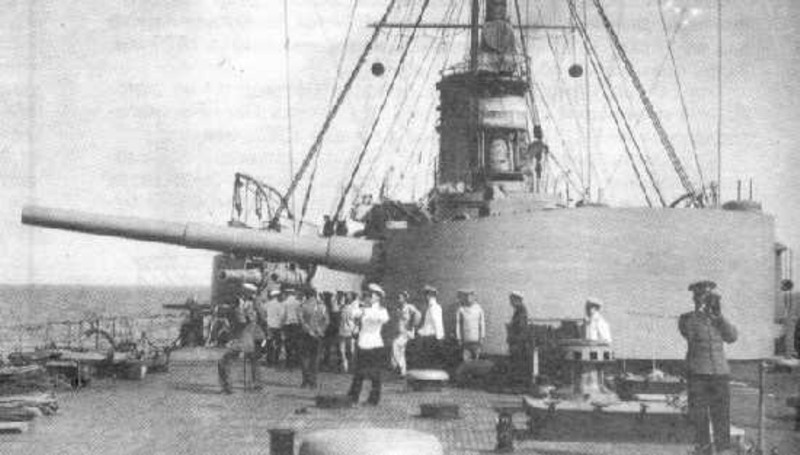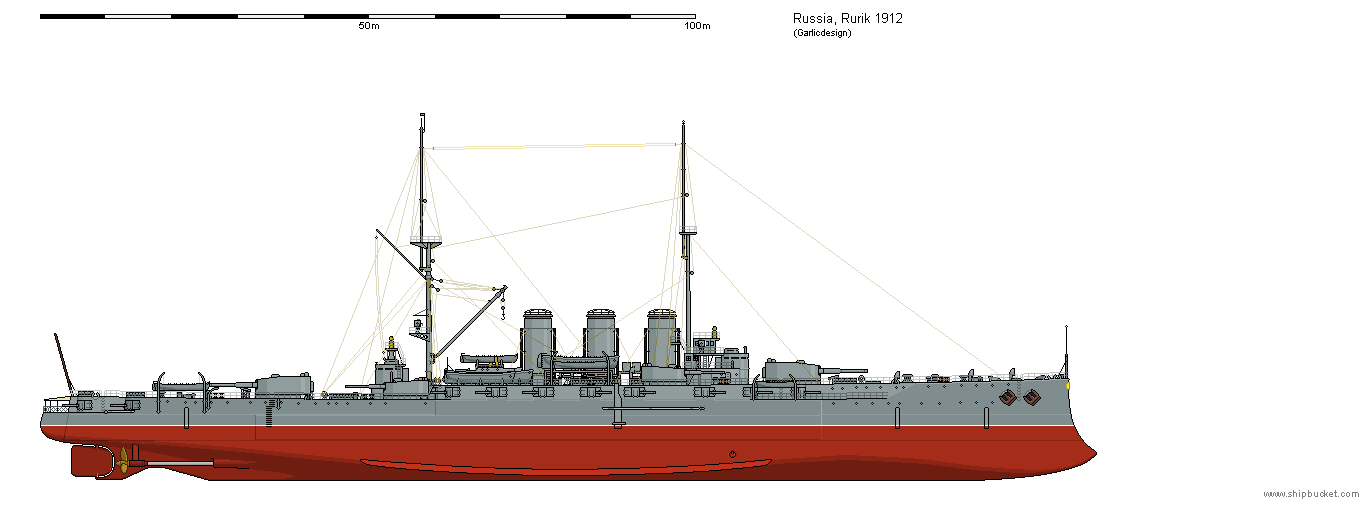Half sister to the Rurik of 1908 built in the UK for the Baltic Fleet, the ex-Pallada (1910) was built for the Black Sea Fleet in reply to the German Blucher and UK Invincible classes (which was leaked to be armed with 9.2"). The ship was the first Russian armoured cruiser to be completed with one large gun armament. In this case 8 x 10" and the first Russian armoured cruiser with an inline armament. This lead to the ship being re-rated as a battlecruiser in 1913, but compared to the battlecruisers of the time they were just big armoured cruisers and no match for the battlecruisers that had been designed to catch and dispatch them. A secondary armament of 4.7" casemate guns were fitted, and an antiaircraft armament was fitted in 1916. Joined Wrangel's Fleet when it sailed to Turkey then on to Venezuela in 1921/22.
.png)
The Nueva Esparta made an interesting comparison to the four Caracas class armoured cruisers the Venezuelans had sourced from America. All had been built on the premise the Invincible class were to be armed with 9.2" guns. Both classes' 10" guns were superior to the British 9.2". Where the Americans had built eight, the Russians had only built one and one hybrid. The best thing about all five ships were that they had been fitted with turbine machinery.
_(ADV).png)
1932, and after 10 years in service the Nueva Esparta was showing its age. The 20+ year old turbines were no longer as reliable as they had once been. The ship was no longer required for front line duties. The whole of my Alternate world had taken note of the British practice of transforming the older (dreadnought) cruisers to more useful training ships that they termed Area Defence Vessels. The engines being unreliable stopped the ship from being considered for conversion to an escort/training carrier. The aft funnel and boiler rooms were removed and all of the aft main armament and all of the secondary armament were removed and plated in. The aft half of the ship had a catapult and hangar fitted, the hangar to hold 6-8 aircraft. When in use as a training ship the hangar could be split into dormitories for cadets and the aircraft complement reduced to two. Like all of the ex-Russian ships, the removed armaments went onto populate new build ships and saved the armouries from having to find more capacity.

The Wildcat floatplane performed well as the area defence vessels fighter complement. They were capable of engaging their Germanic States and Japanese floatplanes.
1923 and the half sister Rurik II is about to be broken up in Petrograd in Russia. Acting through emissaries (Vickers) so as not to disclose the ultimate destination, the two 10" turrets (the ship had been built by Vickers) were purchased and sent to Venezuela by a very roundabout route (Britain, US. Venezuela). This was done as the two forward turrets of the Nueva Esparta had been having teething trouble for years when in service in the Black Sea and it was thought by the White Russian émigré's that if they could get the Rurik's turrets they could be one on one replacements. Of course the other reason is that I could then have four spare 10" Russian twin turrets for an extra cruiser. How sad!

From 1944 the Area Defence Vessels were given a new floatplane fighter - the Hellcat.


